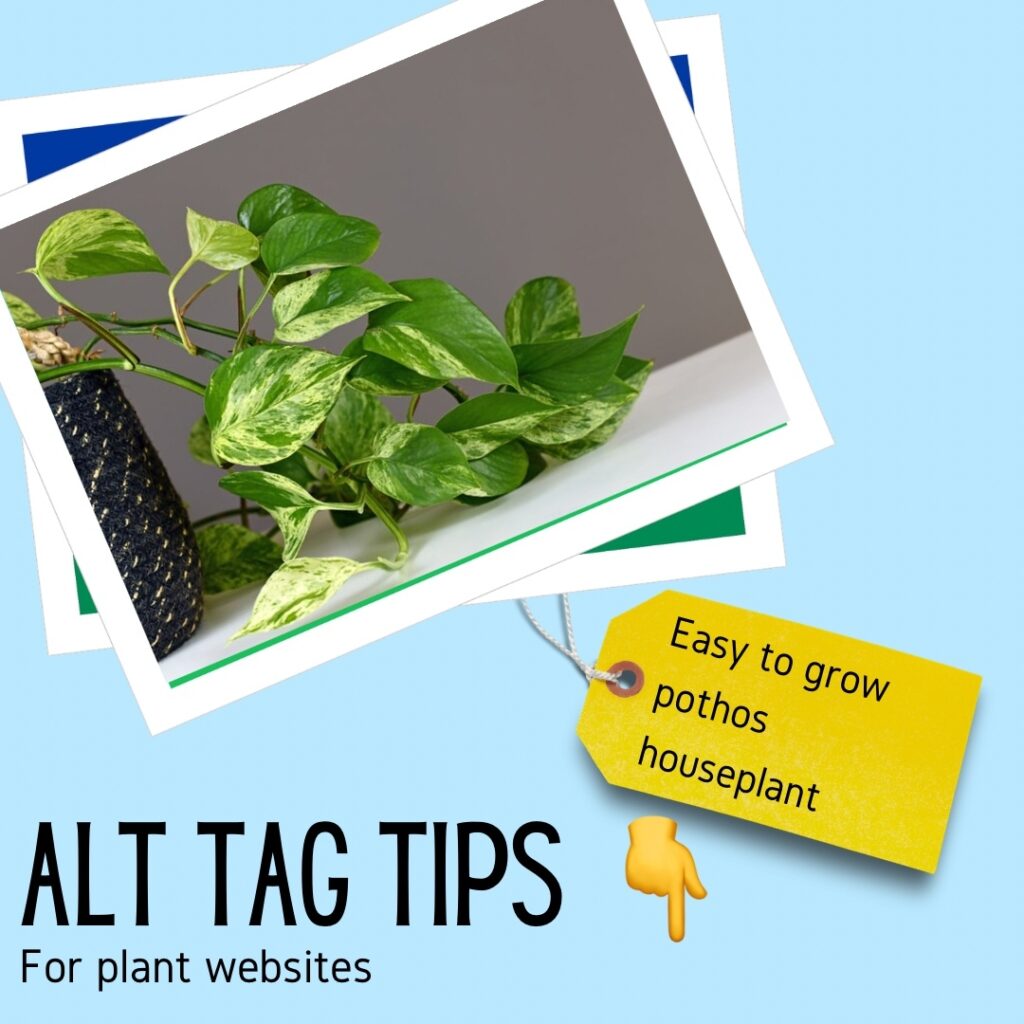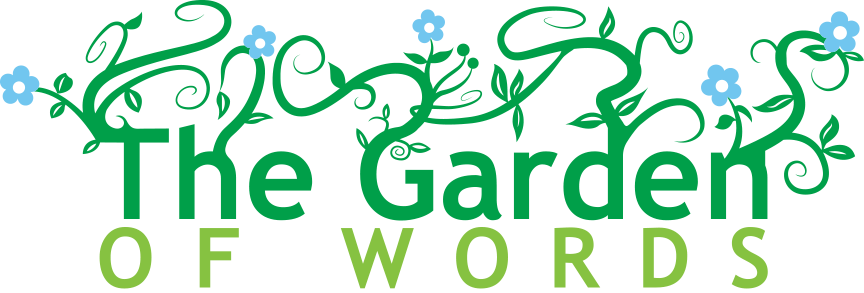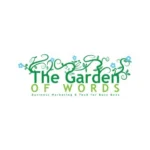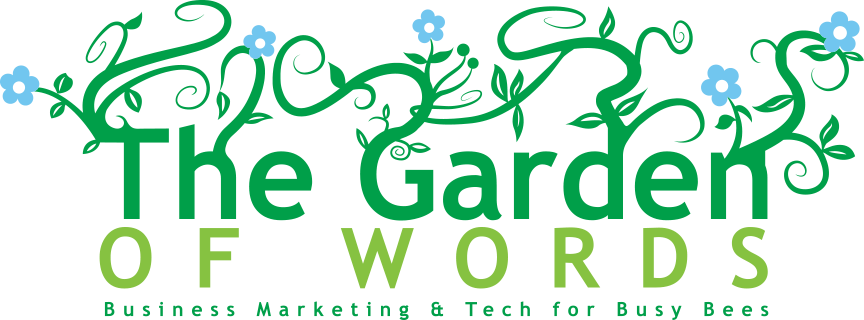You’ve probably heard of alt tags, right?
Alt tags or “alternative tags” serve a few vital purposes on your website:

1) They provide descriptive text in case your image doesn’t load
2) They provide descriptive text for the vision impaired
3) They strengthen your site’s SEO for people searching for what you are offering.
🍀That last one is particularly valuable in our image-rich industry. Horticulture or plant-related websites are typically image driven, with catalogue-type websites having page after page of images. So, if your website has tons on images rather than text, you need to leave a trail of breadcrumbs that lead a visitor to your site when they’re searching for your product.
🍀 Let’s say you sell houseplants, and you catalogue the images on your website. You will probably have a text description of every plant, but if you’re smart like we know you are, you’ll also add another layer of searchability so your future customers can find you — alt tags!
🍀 Alt tags should be short and describe what’s in the image, using 125 characters or less. It can be one word, a phrase, or a short sentence.
🍀 They can also include carefully chosen keywords to increase your page’s searchability, but don’t go overboard or you run the risk of spamming your own website. Consider something like “easy to grow pothos houseplant,” “pet safe Boston fern houseplant,” or “flowering African violet houseplant.”
🍀 And yes, alt tags can include botanical Latin (Monstera deliciosa) if you know your audience will be searching for a particular plant using that terminology. Know your audience so you can fine-tune both keywords and alt tags!



